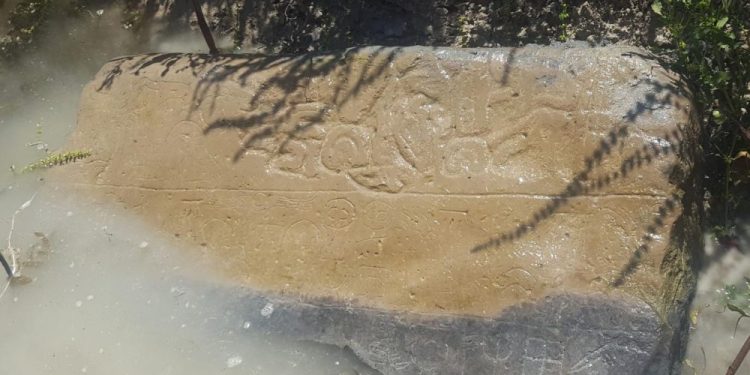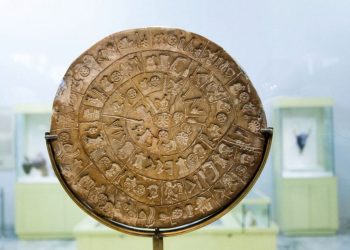A discovery by Chance: A stone stele discovered in Turkey and covered in strange symbols revealed the presence of a long-lost kingdom that existed more than 3,000 years ago.
Archeologists have reported discovering a long-lost ancient city that they say was most likely conquered in ancient times, the Kingdom of Midas.
Researchers from the Oriental Institute have reported discovering a long-lost ancient kingdom, which they believe dates back to 1,400 BC. The Kingdom is thought to have conquered Phrygia, the Kingdom once ruled by King Midas.
Archaeologists from the University of Chicago were studying a site with colleagues from the UK and Turkey at Türkmen-Karahöyük, an archeological site in southern Turkey.
As part of the Türkmen-Karahöyük Intensive Survey Project, the researchers surveyed an area covered with other famous cities. Such are the region’s treasures that, just by walking and exploring the surface, they could collect broken pottery fragments dating back thousands of years.
A local farmer had told experts that he had come across a massive stone surfaced with strange inscription while dredging nearby irrigation canals. Intrigued by the report, the researchers decided to take a closer look.
“We rushed straight there, and we could see it still sticking out of the water, so we jumped right down into the canal—up to our waists wading around,” explained Asst. Prof. James Osborne of the OI, one of the foremost centers of research on the ancient world.
“Right away, it was clear it was ancient, and we recognized the script it was written in: Luwian, the language used in the Bronze and Iron Ages in the area.”
Researchers discovered the stone and translated its inscriptions. To their surprise, it referred to a war victory. The inscriptions on the stone boasted defeating Phrygia, a legendary kingdom ruled by King Midas, the bearer of the “Golden Touch.”
The city was truly massive. Archeologists have indicated that at its prime, the ancient city covered more than 300 acres. This would make it one of the largest ancient cities of the time in Turkey.
Although recent archaeological excavations did not reveal what this ancient Kingdom was called, the discovery offers important insight into the history of the region, proving once again that countless ancient treasures remained hidden beneath the surface.
“We had no idea about this kingdom. In a flash, we had profound new information on the Bronze Age Middle East,” said Osborne, an archaeologist who specializes in studying the expression of political authority in Iron Age cities.
A Lost Kingdom
Had the farmer not tipped about the massive stone covered with ancient inscriptions, the discovery would most likely never have been possible.
Upon seeing the stone stele, archeologists immediately identified a special symbol carved on its surface that suggested the message written on the stele came from a king.
The stone was removed from the channel with the help of a tractor, after which experts translated the stele to a local Turkish museum, where the artifact was cleaned, photographed, and prepared for further studies.
Experts concluded that the symbols written on its surface were Luwian, one of the oldest branches of the Indo-European languages.
The Steles message was analyzed by OI researchers Petra Goedegebuure and Theo P.J. van den Hout—editors of the Chicago Hittite Dictionary, whose translation revealed that the stele King was called Hartapu and that Türkmen-Karahöyük most likely served as the Kingdom’s capital city.
The message carved on the stone tells of Hartapu’s conquest of the nearby kingdom of Muska, more popularly known as Phrygia—home to King Midas. Although the name of the King is clearly written on the stele, the name of the Kingdom he ruled remains a historical enigma.
“The storm gods delivered the [opposing] kings to his majesty,” the message etched on the stone read.
The stele study revealed it was composed around the 8th century BC, which coincides with the time King Midas is believed to have ruled.
To solve the mystery of the long-lost kingdom, researchers are planning visits to the site, which should help reveal the expense of the site, and hopefully reveal palaces, monuments, houses, and hopefully offer insight into the region’s history and the people that inhabited it.
The stone stele was just a small part of a vast archaeological treasure waiting to be revealed to the world.
Join the discussion and participate in awesome giveaways in our mobile Telegram group. Join Curiosmos on Telegram Today. t.me/Curiosmos











